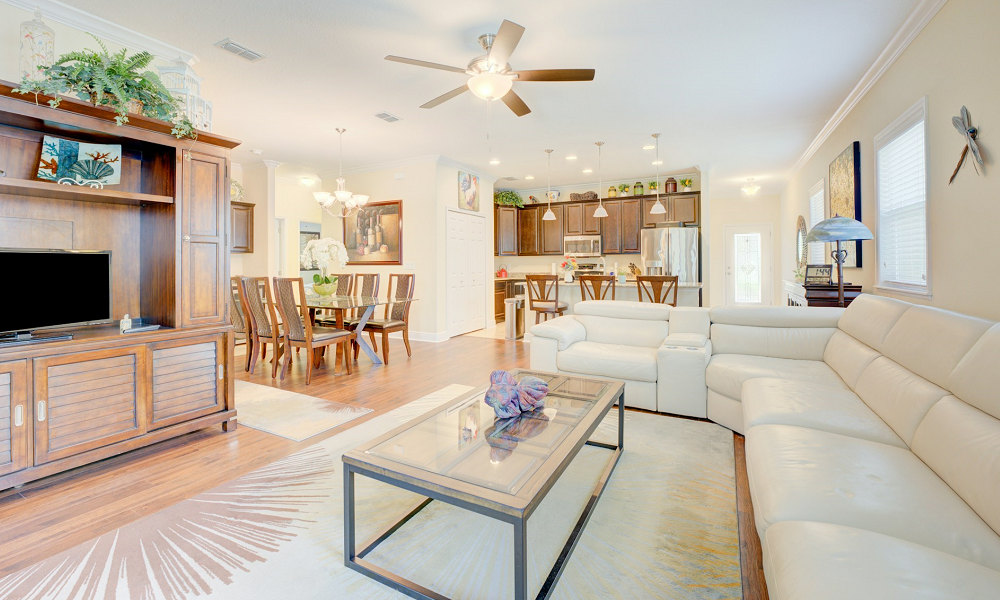Reviews
Why the Metal Table Base Is the Unsung Hero of Modern Furniture Design

In modern interiors, the most attention is typically captured by statement pieces, surface finishes, and the overall room layout. However, one design element that often goes unnoticed yet plays a critical role in style and structure is the metal table base. While tabletops usually take center stage with elegant grains, smooth glass, or hand-finished concrete, the base beneath quietly does the heavy lifting—literally and stylistically. In today’s furniture design trends, the metal table base has emerged as a support structure and a pivotal feature influencing aesthetics, function, and overall design integrity.
The Evolution of the Table Base in Design History
Traditionally, table bases were crafted from wood or stone, often concealed beneath a drape or overshadowed by ornate tabletops. However, as interior design shifted toward industrial, minimalist, and modern aesthetics, the demand for visible strength and raw materials changed the narrative. The metal table base transitioned from a hidden necessity to a bold statement. As designers began to showcase structural elements as part of their creative vision, metal bases gained traction across residential, commercial, and custom furniture applications.
Industrial Roots with Contemporary Influence
Their duality makes metal table bases particularly captivating—they echo the raw functionality of the industrial revolution while aligning perfectly with sleek, contemporary styles. Steel, iron, and aluminum provide a durable foundation and visually resonate with modern tastes. Whether a brushed stainless X-base in a high-rise dining room or a matte black geometric pedestal in a minimalist studio, metal table bases blend resilience with sophistication. Their adaptability allows designers to use metal to contrast with soft materials like wood and fabric, or to amplify the clean lines of glass and stone.
Structural Integrity That Supports Innovation
At the heart of every great table is the integrity of its base. A metal table base offers an unmatched strength-to-weight ratio, allowing for daring overhangs, cantilevered designs, and ultra-thin surfaces that wouldn’t be structurally feasible with traditional materials. This opens up a world of possibilities for architects and designers. It also means that unconventional materials, such as reclaimed wood or live-edge slabs, can be paired with modern bases for a cohesive and safe design. Accommodating heavy loads while maintaining visual lightness is a unique benefit of going metal.
Customization That Elevates Creativity
Custom furniture is no longer the exclusive domain of luxury design firms. Homeowners, small businesses, and artists now use custom metal table bases to bring their creative visions to life. From laser-cut motifs to powder-coated colors that match a room’s accent palette, metal can be shaped, welded, and finished in countless ways. Designers can specify every angle, thickness, and weld line, resulting in pieces as unique as their spaces. This flexibility is a key reason why metal table bases are central to custom furniture conversations.
A Versatile Solution Across Design Styles
The beauty of metal lies in its chameleon-like ability to blend into any design language. A metal trestle base adds contrast beneath a reclaimed wood top in a rustic farmhouse setting. A white powder-coated aluminum base in an IA coastal home introduces freshness without compromising durability. For urban lofts or industrial studios, raw steel with visible welds tells a story of craftsmanship and strength. Regardless of the style, the metal table base serves as a grounding element that balances the room’s aesthetics while anchoring its central furniture piece.
Low Maintenance with High Impact
Functionality in furniture isn’t just about form—it’s about upkeep too. Metal table bases require very little maintenance compared to wood, which can warp, crack, or require refinishing over time. A metal base resists moisture, stains, and impact, making it ideal for high-traffic areas such as dining rooms, office environments, or cafes. This longevity doesn’t just mean fewer replacements over time, but also contributes to sustainable design by minimizing waste and promoting reuse. Its practicality is matched by the visual impact it brings to any space.
Sustainability and the Modern Maker Movement
Sustainability in design is more than a trend—it’s a responsibility. Metal table bases support eco-conscious interiors through recyclability and longevity. Many designers are now incorporating recycled steel or reusing existing metalwork into new designs. This approach aligns perfectly with the maker movement, where artisans and small workshops create handcrafted pieces that focus on quality and environmental awareness. In a world that is pushing back against mass production, a handcrafted metal base is a testament to thoughtfulness and enduring design.
Design Harmony Through Contrast
One of the strongest advantages of the metal table base is its ability to create contrast without chaos. It allows designers to intentionally combine textures and materials. A glossy marble top becomes even more stunning when paired with an aged iron base. When elevated by a slim powder-coated steel structure, a warm walnut slab feels more grounded. This play between warmth and strength makes a metal base such a crucial part of design harmony—it introduces tension, which in turn creates interest.
An Anchor in Open Concept Spaces
Modern homes often feature open-concept layouts, where every piece of furniture plays a role in defining distinct zones. A bold metal table base serves as an anchor, helping to visually ground a dining area or conference room within a larger space. The architectural quality of many metal bases makes them resemble art or sculpture, adding vertical interest and presence without visual clutter. For those who prefer minimal decoration but want maximum impact, the right base can become the room’s centerpiece.
The Hidden Power of Form and Function
Metal table bases challenge the notion that function and design must be kept separate. They prove the opposite. The best bases aren’t just holding up a surface—they’re setting the tone for the entire room. They tell a story of strength, modernity, and elegance in a single silhouette. Whether tubular, angular, hairpin, or monolithic, each shape carries a personality that interacts with the rest of the space. When done right, the base becomes just as important as the top.
The metal table base may not be the first thing you notice when you enter a room, but it’s often why a space feels cohesive, stable, and stylish. The unsung hero quietly ties together design narratives, balances materials, and grounds your interior with strength and sophistication. In a world where furniture must do more than look good, the table base is the centerpiece of modern design, which deserves to be seen and appreciated celebrated.

-

 US News5 days ago
US News5 days agoJetBlue flight diverts to Tampa after altitude drop injures at least 15
-

 World1 week ago
World1 week agoU.S. Navy helicopter and fighter jet crash in South China Sea; all crew rescued
-

 Legal1 week ago
Legal1 week agoMultiple injured in shooting at Lincoln University in Pennsylvania
-

 World2 days ago
World2 days agoStrong 6.3 earthquake strikes northern Afghanistan; felt across Pakistan
-

 World2 days ago
World2 days agoProtesters storm government building in Mexico after killing of local mayor
-

 World3 days ago
World3 days ago10 people stabbed on train in Huntingdon, England
-

 US News6 days ago
US News6 days agoTrump says U.S. will resume nuclear weapons testing ‘on an equal basis’
-

 US News7 days ago
US News7 days agoDamage reported in Kilgore, Texas following tornado warning




